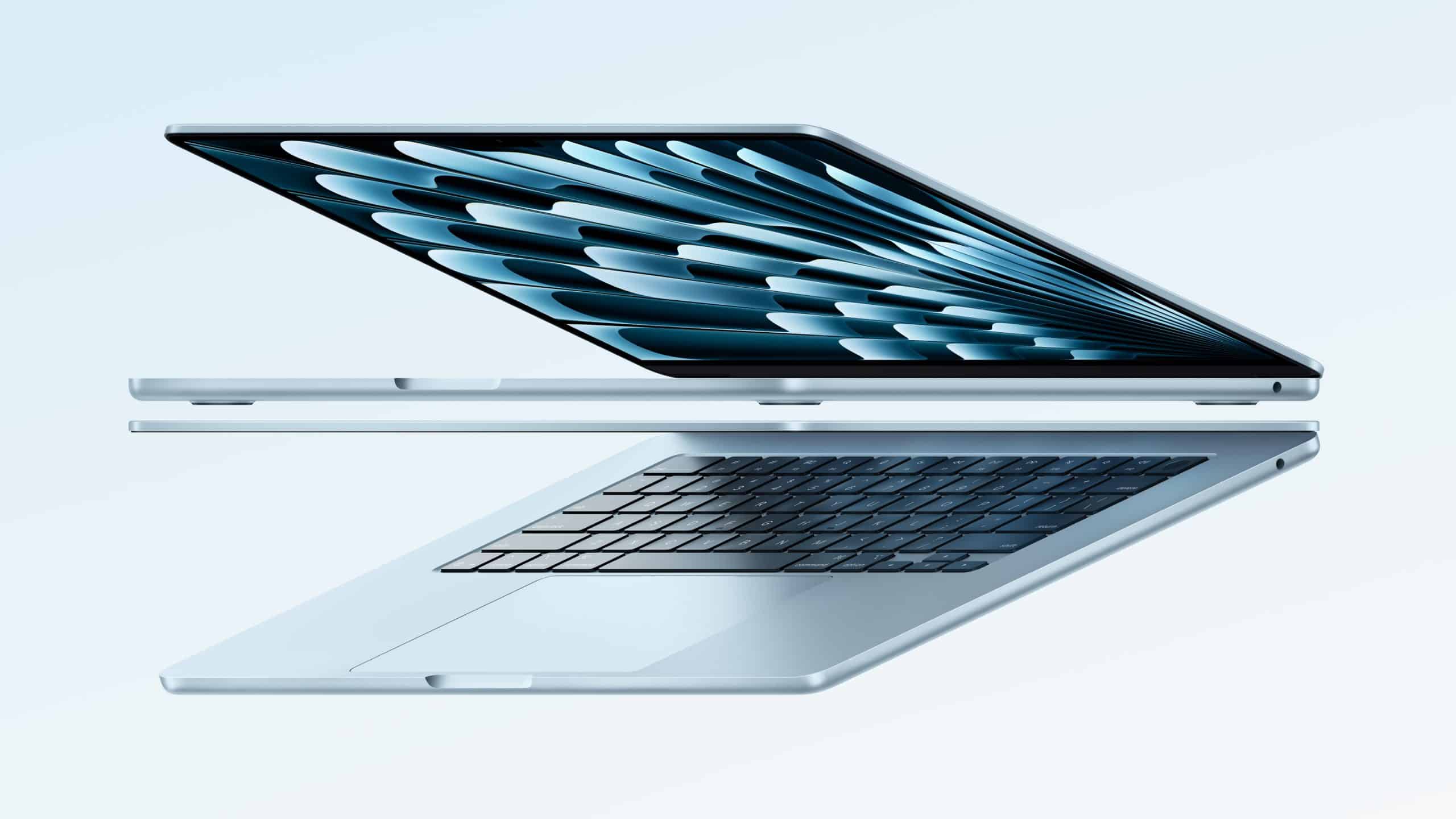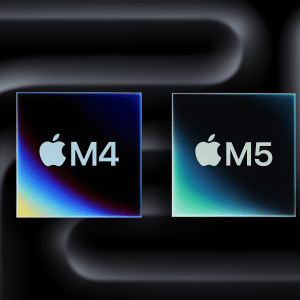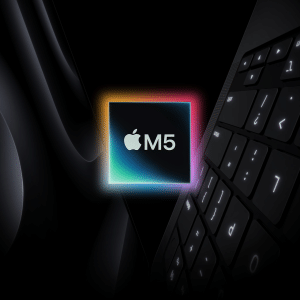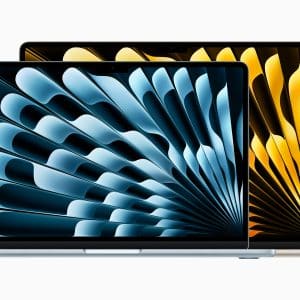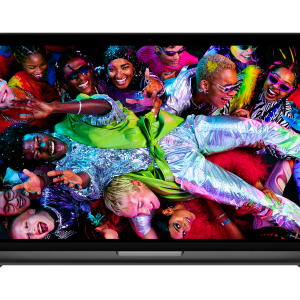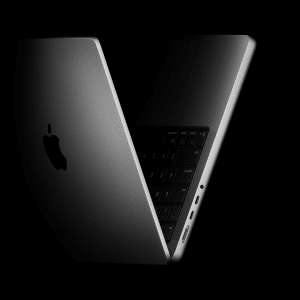Apple’s next major leap in silicon performance could arrive this week. The company is preparing to unveil the first products featuring the M5 chip, signaling the next chapter in Apple’s in-house processor roadmap for Macs. The M5 represents not just a generational performance upgrade, but also a structural evolution designed to meet growing demands for AI computing, power efficiency, and thermal balance across Apple’s device ecosystem.
A Quiet Revolution in Silicon
The Apple M5 continues the architectural philosophy that began with the M1 in 2020 — unifying power, graphics, and machine learning under one scalable design. Built on a refined 3-nanometer process by TSMC, the M5 reportedly delivers higher sustained performance while consuming less power, extending battery life in MacBook models and improving thermals for desktops.
Although Apple has yet to confirm which products will debut with the new chip, industry observers expect it to appear first in the MacBook Pro and Mac Studio, followed by updates to the MacBook Air early next year.
Early benchmarks cited by analysts suggest performance gains between 20% and 25% over the M4, particularly in multi-threaded workloads and machine learning inference tasks. Apple’s updated 16-core Neural Engine is said to be capable of handling real-time generative AI models locally — a step toward Apple’s goal of running intelligent features directly on-device rather than relying solely on cloud processing.

Designed for AI and Beyond
The M5’s design is tailored to support Apple’s growing investment in on-device AI, aligning with the company’s broader strategy across iPhone, iPad, and Mac. With macOS Sequoia introducing new AI-assisted tools for writing, code completion, and photo enhancement, the M5’s hardware accelerators will make those capabilities smoother and faster.
Each M5 core cluster reportedly integrates dedicated AI matrix units, enabling low-latency tasks such as language modeling and predictive assistance — the same architecture that powers Apple’s upcoming “Private Cloud Compute” framework for secure generative AI processing.
The result is a system that feels less dependent on external networks, giving users faster response times while preserving privacy.
Power and Efficiency Gains
Energy efficiency remains central to Apple’s silicon roadmap, and the M5 continues to push those limits. Built using TSMC’s N3E process, it improves power-per-watt efficiency by roughly 30% compared to the previous generation.
That efficiency translates directly into longer battery life for MacBooks and quieter operation for performance-intensive workflows like video editing or 3D rendering. The M5 also introduces new dynamic frequency scaling algorithms that adjust clock speeds more precisely to workload demands, improving responsiveness without generating unnecessary heat.
Apple engineers have reportedly redesigned the M5’s GPU architecture as well, boosting graphics throughput by nearly 40% in certain Metal-optimized applications while maintaining compatibility with older APIs.

Expected Devices
Multiple sources point to the M5 debuting in a refreshed MacBook Pro lineup — likely the 14-inch and 16-inch models — featuring improved thermal management and expanded AI system memory. The Mac Studio and possibly a new Mac mini are expected to follow soon after, giving professionals a broader range of form factors powered by the same architecture.
If the timing aligns with Apple’s traditional fall hardware cadence, the new Macs could begin shipping by late October, with the M5-based MacBook Air slated for early 2026.
Competitive Context
The M5 launch comes as rivals like Qualcomm and Intel are aggressively pushing new AI-optimized processors for Windows laptops. Qualcomm’s upcoming Snapdragon X Elite, in particular, has drawn comparisons to Apple Silicon for its ARM-based design and integrated neural processing.
However, analysts note that Apple’s vertical integration — controlling both hardware and software — remains its strongest advantage. macOS Sequoia’s system-level optimizations ensure that M5-equipped Macs fully exploit the chip’s neural capabilities, delivering consistent performance gains without additional developer adaptation.
A Step Closer to the Unified Architecture
With the M5, Apple continues to blur the boundaries between its devices. The same architectural principles found in the A19 Pro chip for the iPhone 17 Pro now extend to Macs, allowing Apple to synchronize performance, energy management, and AI logic across its ecosystem.
This unified silicon strategy means features introduced on one platform — such as adaptive rendering or on-device translation — can quickly migrate to others, reinforcing Apple’s ecosystem advantage over fragmented competitors.
For users, the payoff is simple: faster, cooler, and smarter Macs that operate seamlessly with iPhones, iPads, and Vision Pro devices.
Looking Ahead
The debut of the M5 marks the next evolutionary stage of Apple Silicon — one that shifts focus from pure speed to intelligence and efficiency. While the chip’s real-world benchmarks will confirm just how far Apple has pushed the envelope, early indications suggest a leap forward in both productivity and AI computing power.
If the rollout follows expectations, this week’s announcement could define Apple’s hardware narrative well into 2026, setting the standard for how personal computing blends performance with adaptive intelligence.

